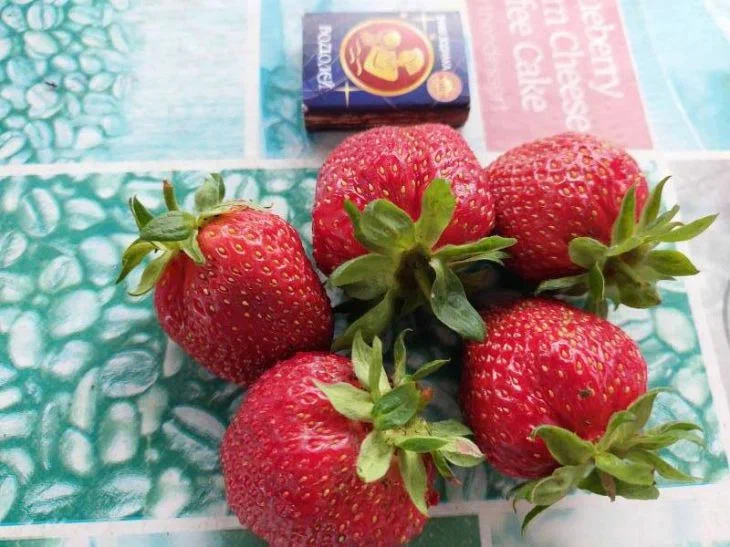If your strawberries produce pea-sized berries year after year, the reason is due to June feeding.
Most gardeners apply nitrogen fertilizers, thinking that they stimulate growth, but this is a fatal mistake.
Biologists explain: "In June, the plant switches to fruiting. Nitrogen stimulates the growth of leaves, not berries, blocking the absorption of boron and iodine - key elements for sugar content and size."

The recipe for saving the harvest is simple: dissolve 2 g of boric acid and 5 drops of iodine in 10 liters of water. Spray the bushes at dawn, avoiding the flowers.
Berry Crops magazine conducted an experiment: after three treatments at 10-day intervals, the berries increased in size by 40%, and their taste became richer.
The soil plays a decisive role. Strawberries like slightly acidic soil (pH 5.5–6.5).
If the soil is alkaline, add peat (1 bucket per m²) or coniferous sawdust. For sandy soils, calcium nitrate is essential - it strengthens the cell walls, preventing deformation.
Summer resident Olga from Krasnodar shared: "I used to collect a glass from a bush. I switched to boron and iodine - now a bucket from five bushes!"
Modern technologies make care easier. Install drip irrigation with a humidity sensor - it will prevent drying out and over-watering.
To protect against birds, cover the beds with a net with a 2 cm mesh.
If the berries become smaller due to diseases, spray the bushes with garlic infusion (200 g per 5 l of water) - this is a natural fungicide.
Avoid planting strawberries after nightshades: tomatoes and potatoes deplete the soil and transmit common diseases. The best predecessors are onions, garlic or legumes, which enrich the soil with nitrogen.
Additional tips
• After harvesting, add potassium nitrate (1 tablespoon per bush) to set flower buds for next year.
• Remove runners during the season - they take away strength from the plant.
• Mulch the beds with straw or agrofibre - this will retain moisture and protect the berries from rot.
